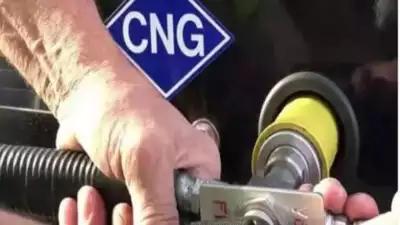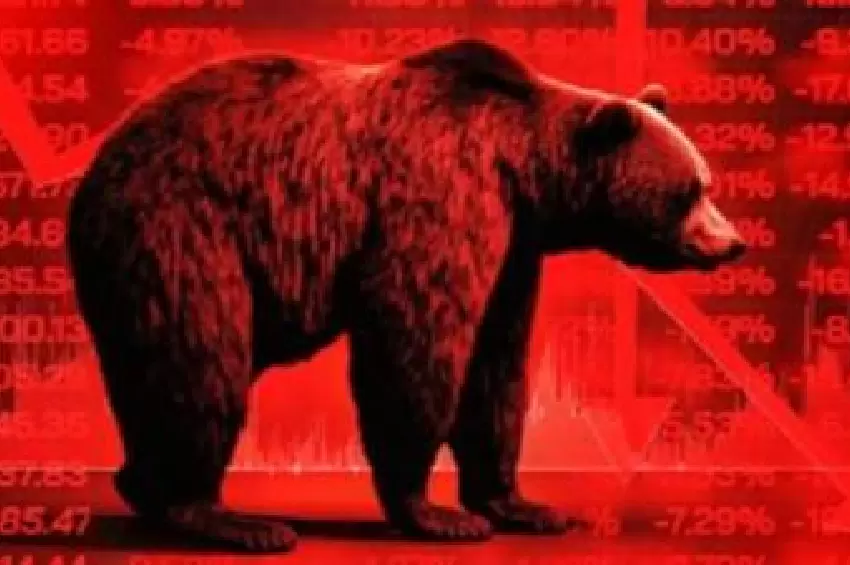New Delhi: A Strategic Move to Stabilize CNG Prices
In a significant development ahead of the assembly polls, the central government has decided to increase the supply of cheap gas from legacy fields to Indraprastha Gas Ltd (IGL) by 31%. This strategic move is aimed at preventing a hike in CNG (compressed natural gas) prices in Delhi and its surrounding areas. Starting January 16, GAIL, the central gas aggregator, will enhance supplies as additional volumes of legacy gas become available for city gas operators.

Impact on IGL and the CNG Market
This increase will elevate the share of legacy gas in IGL’s CNG segment from 37% to 51%, effectively mitigating the financial losses incurred from two previous cuts in October and November. IGL has communicated to the stock exchanges that this development is expected to positively impact its profitability. Following the announcement, IGL's shares saw a 3% increase, closing at Rs 418.7 on the National Stock Exchange.
The Struggle for Price Adjustment
IGL, along with Mumbai’s MGL and Adani-Total Gas, had been advocating for government approval to increase CNG prices due to the rising input costs from costlier supplies used to bridge the shortfall in legacy gas volumes. However, with the Maharashtra elections looming, MGL did not receive the green light for a price hike. It was only after the elections that MGL and subsequently IGL revised their CNG prices in cities outside Delhi, which is gearing up for its own elections in February.
Understanding the Gas Pricing Dynamics
Gas produced from fields allocated to public sector oil companies without bidding is less expensive than imported supplies or gas from auctioned fields, as the government controls its pricing and distribution. While PNG (piped natural gas) services are fully maintained with government-controlled gas, the allocation for the CNG segment fluctuates based on production variations. The shortfall in cheap gas is often compensated with costlier LNG, leading to financial losses in the absence of consumer price adjustments.









Comments